To date Kerrie has not been able to find out more details of what her grandfather was doing on this day but his service record number 3171 lists him as being in Gaza around this time, and also in Egypt. Although born in Murwillumbah he was living in Leichhardt when he enlisted on 8 January 1917 in Sydney. His occupation was listed as ‘carter’ which most likely means he was experienced dealing with horses, and it may have been why he was assigned to the Light Horse.
Henry left Australia from Melbourne on 10 May 1917 and arrived in the Suez on 20 June bound for action in the Middle East, where he contracted malaria. After the war Henry was discharged on 13 July 1919 as medically unfit.
Although Kerrie has no physical mementoes of her grandfather she went with her parents to the Australian War Memorial in 1982 whilst living in Canberra. It was on that visit that her parents pointed out a photo on display of men with some horses and was told “that’s your grandfather”! Earlier this year while watching an ABC documentary on WWI Kerrie saw the same photo again. Henry is the man on the right in his singlet, with the horses being watered.
With the photo on her iPad we travelled to the Australian War Memorial in Canberra last Friday to see if we could formally identify Henry for the AWM records as to date he is always unnamed in the photograph. Alas, it takes two weeks for a requested photo to become available, so she will have to wait a bit longer.
After the war Henry worked at several dam sites, presumably as a delivery driver, including the Nepean Dam where Kerrie’s father was born in 1930. Kerrie says her grandparents divorced some time later and the children stayed with their mother. And when Kerrie was a young girl Henry came to live with her parents, where one night he suffered a stroke and Kerrie remembers Henry slumping over her. Afterwards he entered a nursing home and eventually died in 1963.
Note: After the famous last charge on Beersheba, although victorious, the members of the Light Horse had to leave their wonderful horses behind when departing for home. Rather than leave them to the doubtful care of locals, each man had one his mates shoot his horse. I wonder if Henry had enlisted with his horse, and had to also leave it behind? How sad!
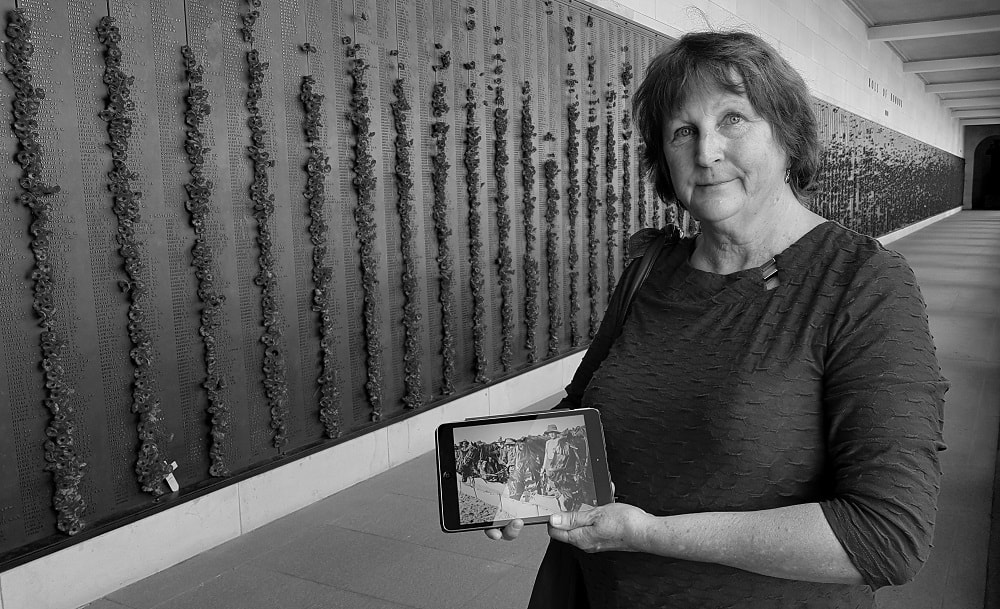
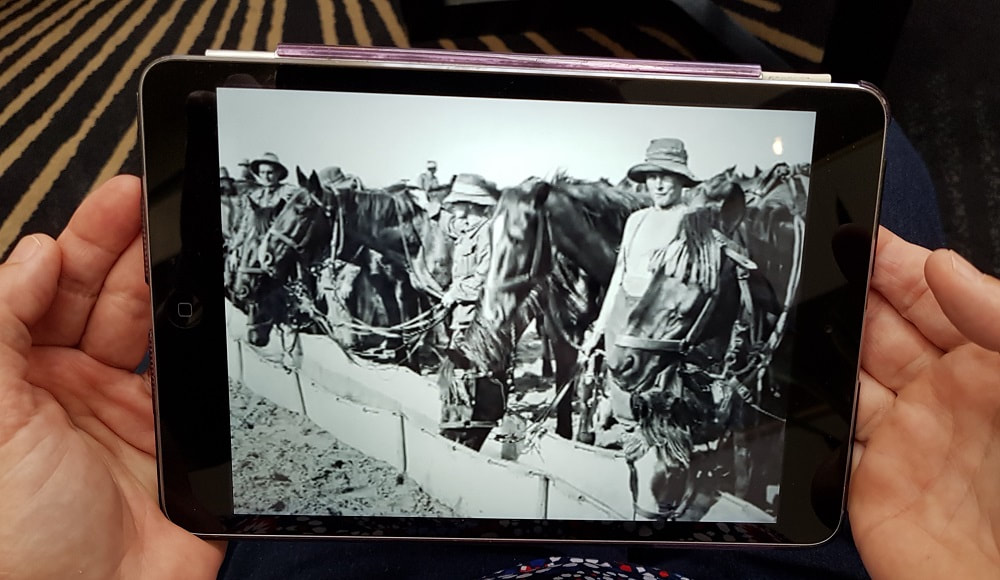
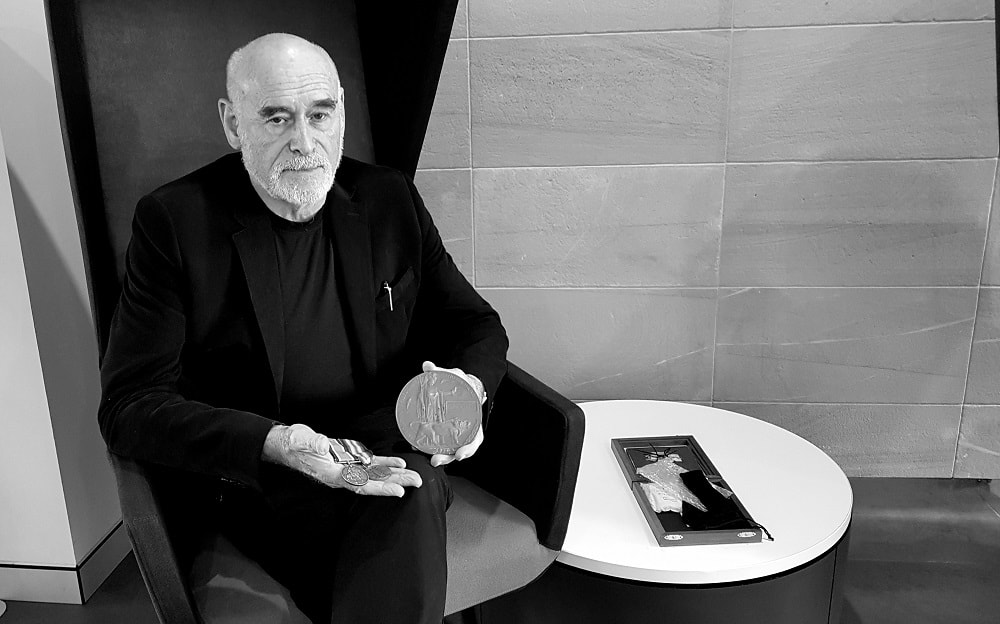
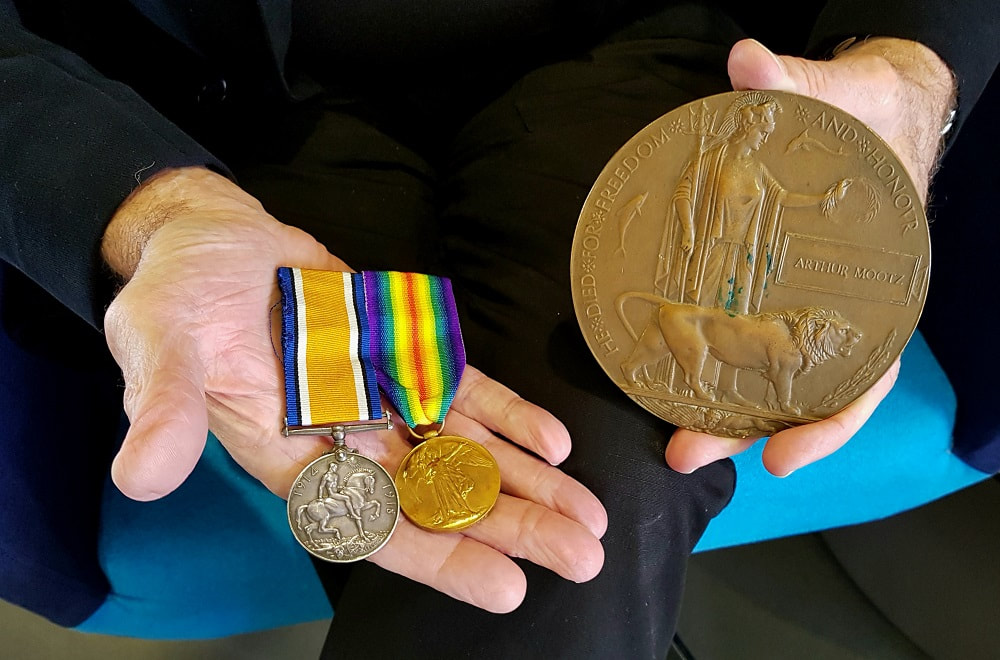
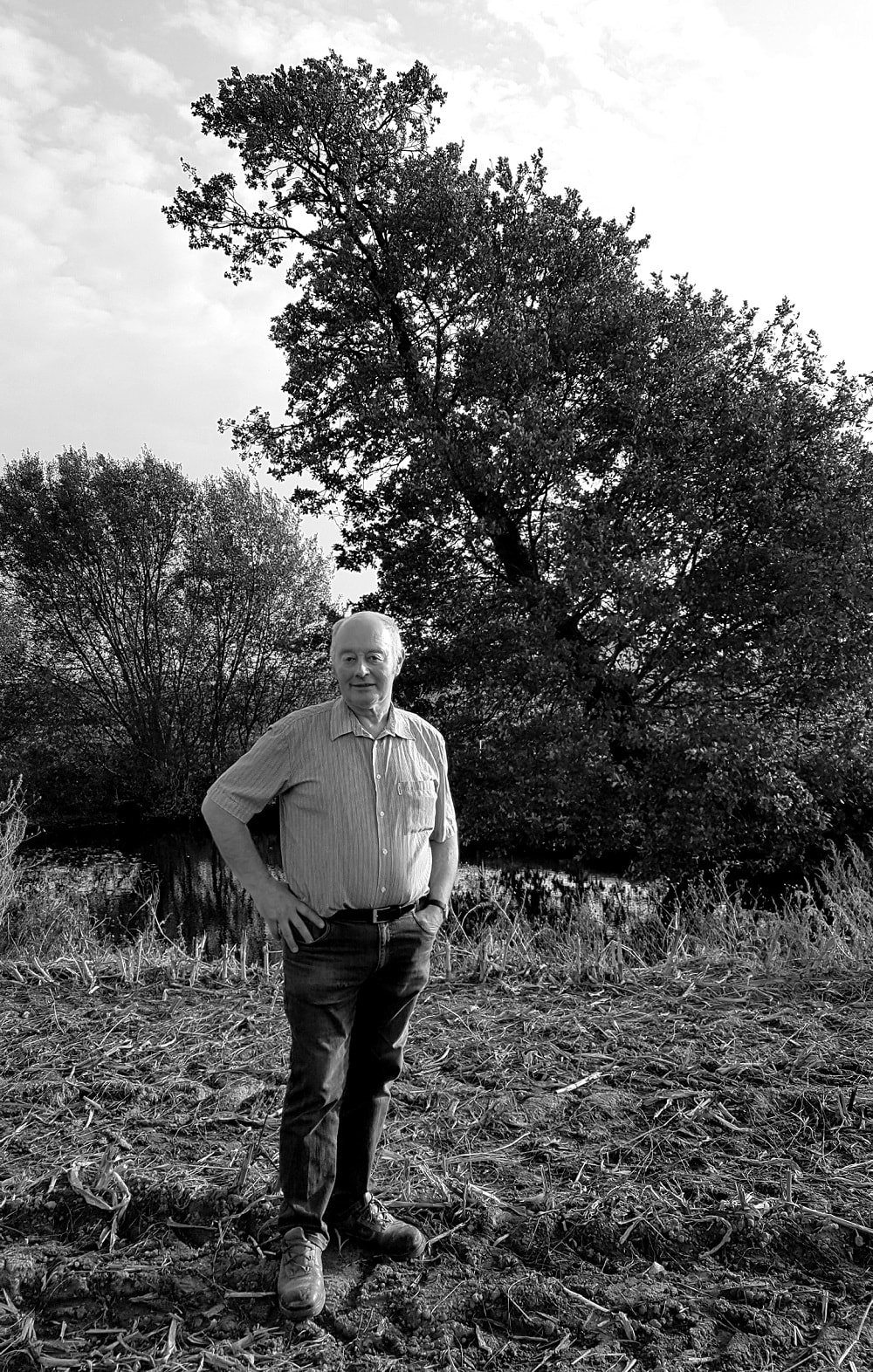
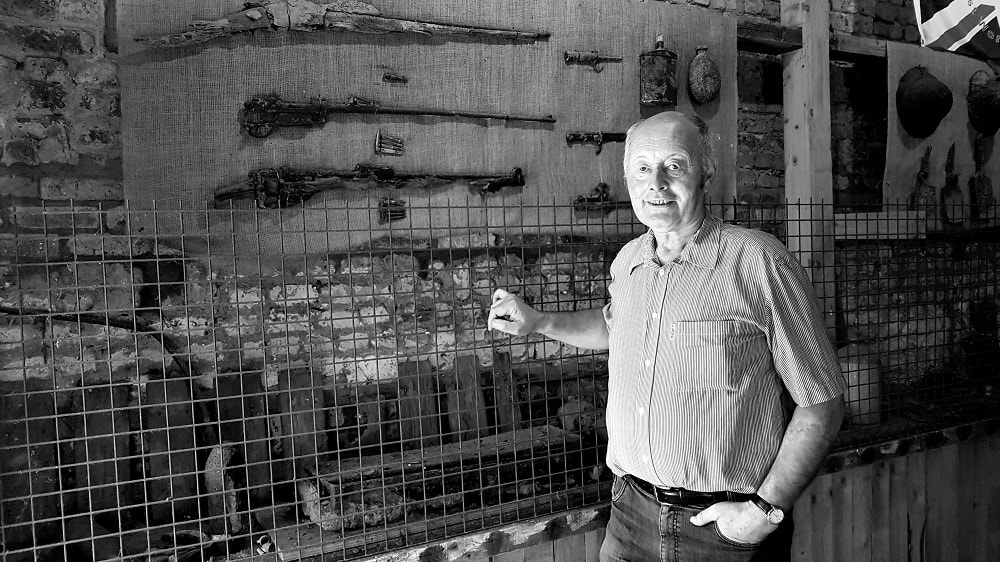
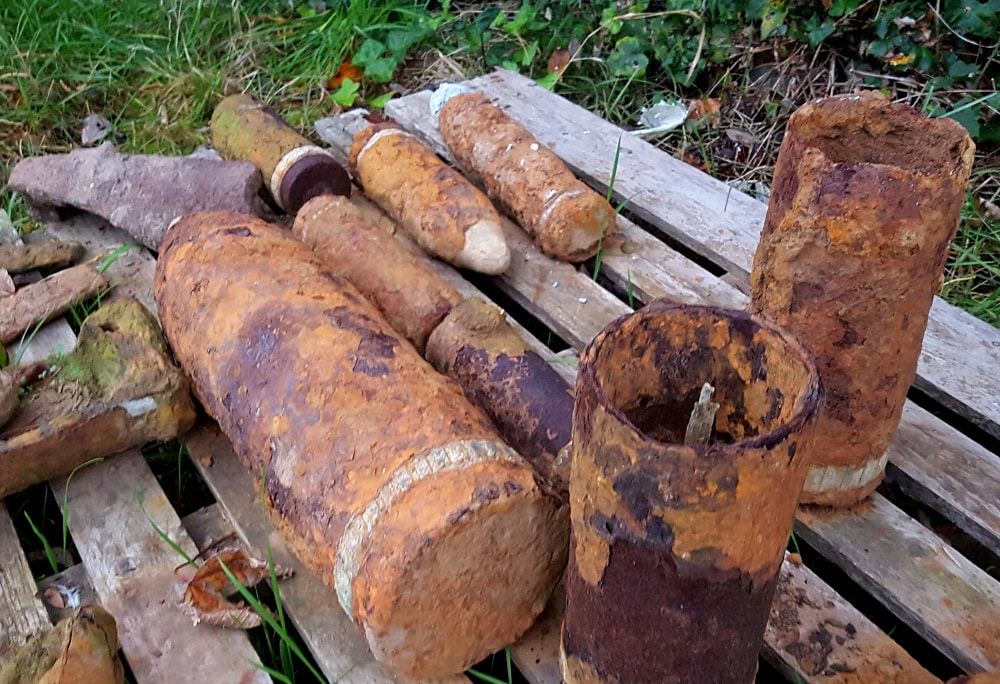
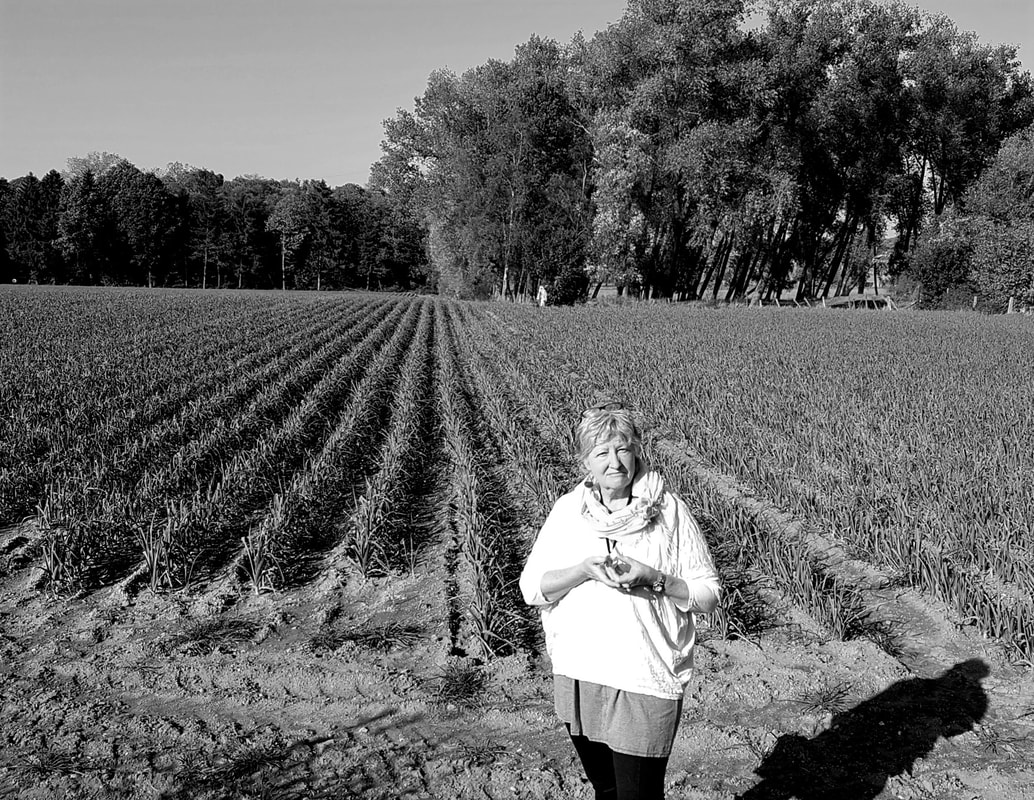
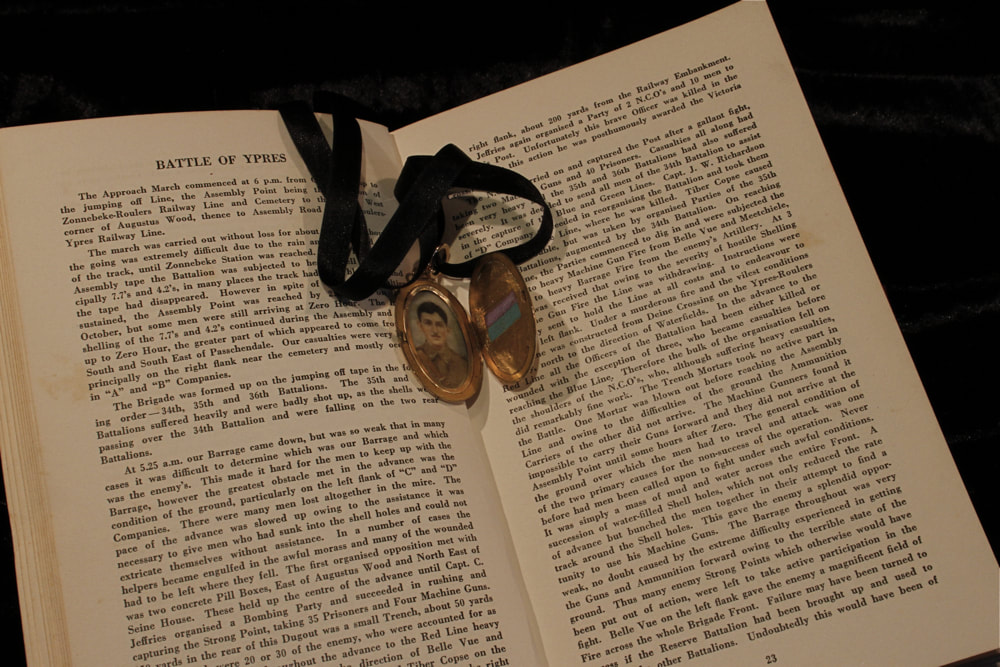
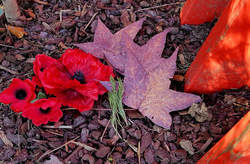
 RSS Feed
RSS Feed